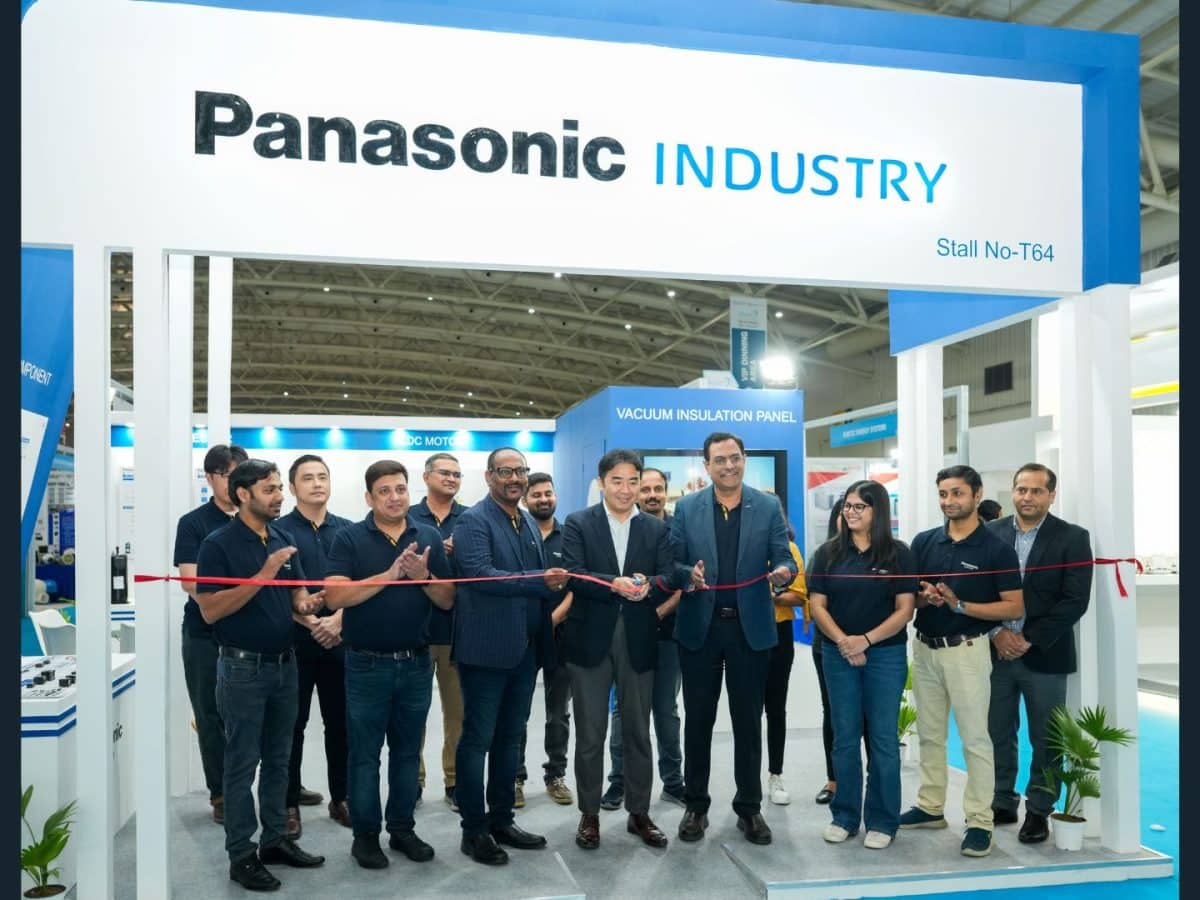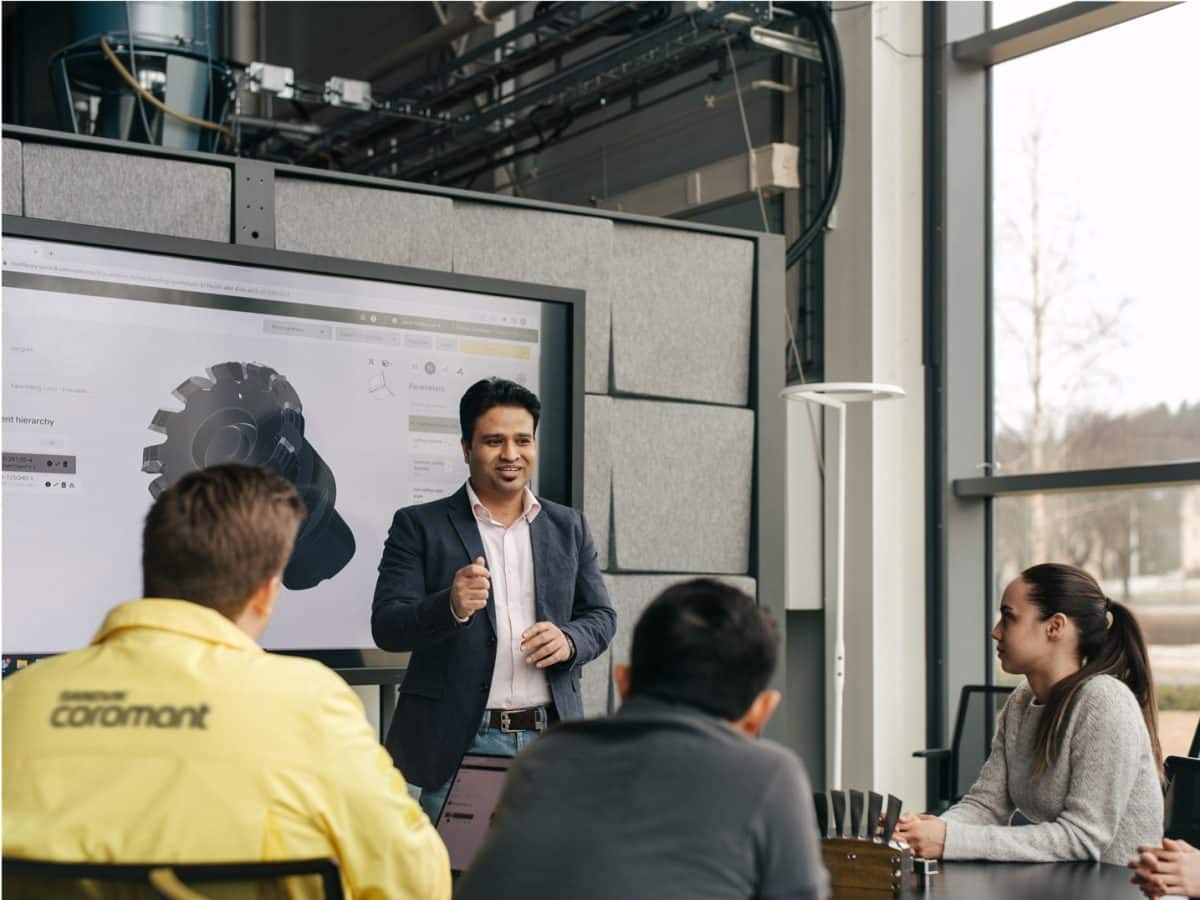We find ourselves in a world where not only technology is progressing, but the advancement of technology is altering our existence, our jobs, and relationships. The availability of datasets, increased computational capability, and networking in the modern world have paved the way for the development of humanoid robotics. These robots are unique because they are capable of analysing data from sensors, IoT devices, and cloud platforms. They learn from prior experiences to optimise strategies, generate insights, and make informed decisions, providing an edge over traditional robots.
A recent Goldman Sachs equity investment report predicts the total market for humanoid robots will touch $38 billion by 2035, a more than sixfold increase from previous projections. This optimism stems from advancements in end-to-end machine learning technique that trains neural networks akin to the human brain for complex tasks and multimodal algorithms, which can process various data types like text, video, and audio. These technological strides promise rapid progress in humanoid robot creation, with the necessary hardware already in place.
Also read: https://www.manufacturingtodayindia.com/system-integrators-data-centres
The impact on industries
The implications of deploying humanoid robots are profound. In manufacturing, it could take on repetitive tasks, reducing the strain on human workers and allowing them to focus on more complex or creative aspects of production. In logistics and warehousing, it could improve efficiency and accuracy in inventory management and order fulfilment processes. Retailers could use it to enhance customer service or manage stock. Beyond these, there is potential for applications in sectors yet unimagined, wherever there is a need for a blend of human-like intuition and robotic precision.
The effective integration of humanoid robots has become a significant aspect of advanced manufacturing environments. Basic industrial requirements of flexibility, feasibility, collaboration, dependability, and durability are some significant necessities of humanoid robots in the manufacturing industry. With the advancement of automation technologies, it could be expected that in the future, robots will cooperate with people to improve efficiency, quality, and flexibility. These robots have emerged as a plausible solution to achieve these goals.
Smarter, safer work in tough conditions
In recent years, there’s been a growing trend of personalisation, and this has encouraged enhanced manufacturing for customisation to meet the demand. Therefore, manufacturers are improving their work environments to be smarter and more reliable. This shift has prompted the development of human–robot collaboration systems within smart manufacturing, where robots and humans work together seamlessly to improve productivity and reduce cycle times, all while maintaining a safe and efficient workplace.
AI-powered robotics are also fuelling demand in smart infrastructure and urban development. Imagine humanoid robots enhancing city planning, managing transportation systems, and revolutionising public services. This isn’t just about convenience—it’s about sustainability and improving quality of life in our urbanising world. The age of humanoid robots is here, ready to reshape cities and industries with unparalleled intelligence and adaptability.
Challenges worth tackling
Of course, no great leap comes without its hurdles. Building robots that move like humans and think with emotional intelligence is still a work in progress. Plus, concerns about job displacement and data privacy need thoughtful solutions. But here’s the thing: the focus is shifting. It’s not about replacing humans—it’s about working together. These robots are being designed to amplify our skills, not take them away, creating more opportunities for collaboration and innovation.
A future of teamwork
This combined force of AI and humanoid robots is opening doors that seem, up to this point, beyond human conception. From making manufacturing smarter to enhancing the healthcare sector and enriching customer experiences, these technologies are already out there creating a difference.
For tech giants, this is a moment to step up and take the lead. This is where AI and humanoid robotics come in: they allow businesses to drive efficiency and stay connected to the human side of innovation.
This means that we are on the precipice of a new age. The question is not if humanoid robots will revolutionise industries, but how soon and to what extent they will revolutionise industries. This isn’t some far-off vision. It’s here now, changing the world one innovation at a time.






